What Is a Persian Tabriz Rugs?
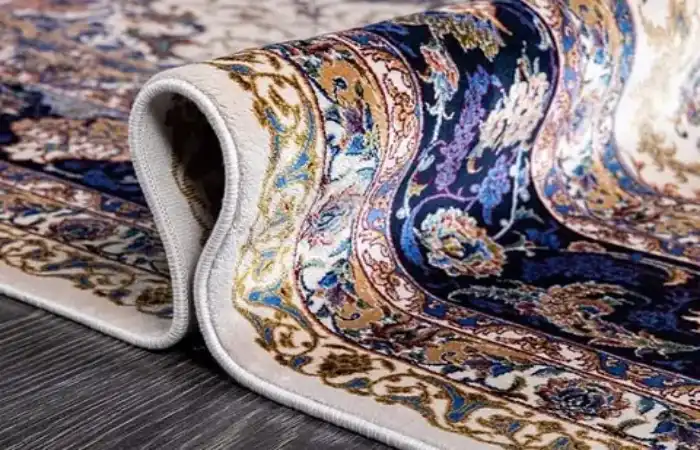
- Negin Masihi
- 2 August 2025
- Persian Rug
- 3 minutes
Have you ever come across rugs that feels like it’s telling a story right under your feet? If so, chances are it was a Tabriz silk rugs. These rugs are not just floor coverings—they’re woven paintings, full of culture, tradition, and artistic expression.
A Brief History of Tabriz Rugs
Tabriz, one of the oldest cities in northwestern Iran, has long been a major hub for Persian rugs weaving. The art of weaving in this city dates back over 400 years to the Safavid era.
Tabriz Carpets in the Safavid Era
During the reign of Shah Abbas, Tabriz became a center of art and craftsmanship. Royal workshops flourished, and many of the rugs now displayed in prestigious museums like the Louvre and the Victoria and Albert Museum were originally woven in Tabriz.
Tabriz Rugs Today
Even in modern times, Tabriz continues to lead the Persian rug industry. The city has maintained traditional weaving techniques while adapting to global markets, making it one of the main exporters of fine handmade rugs from Iran.
You might also enjoy: Traditional art
Designs & Patterns of Tabriz Rugs
One of the most distinctive features of Tabriz Carpets is their incredible variety of patterns. Tabriz weavers often draw inspiration from nature, Persian architecture, literature, and mythology.
The Herati (Mahi) Design
One of the most iconic patterns is the Mahi or “Herati” design, which features repeated motifs like Shah Abbasi flowers and curved arabesques. The layout is perfectly symmetrical, giving the rug a sense of movement and harmony.
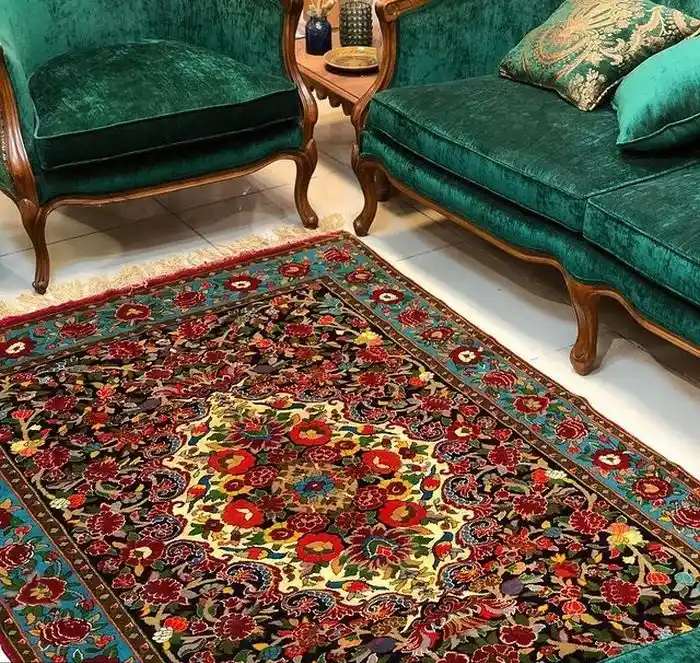
Tabriz silk rug
Medallion and Corner (Toranj-o-Lachak) Design
This classical layout includes a central medallion with four corner pieces, inspired by the structure of Persian gardens. It’s often found in more luxurious and detailed rugs.
Hunting and Nature Scenes
Some Tabriz rugs are like nature paintings, showcasing animals, trees, birds, and even hunting scenes. These are incredibly intricate and turn the rug into a true work of art.
Types of Tabriz Carpets
Tabriz rugs come in different materials and levels of quality, each catering to different tastes and budgets.
Tabriz Silk Rug
Made with natural silk, these are the most delicate, shiny, and expensive types. Tabriz Silk Rug typically used more as wall hangings or collector’s items than everyday floor rugs.
Wool and Silk Tabriz Rugs
A blend of wool and silk gives these rugs durability along with a luxurious sheen. They’re both practical and beautiful—perfect for refined interiors.
Pure Wool Tabriz Carpets
If you’re looking for high quality at a more affordable price, 100% wool Tabriz rugs are a great option. They’re soft, durable, and still feature exceptional designs.
How Much Is a Tabriz Rug Worth?
The value of a Tabriz rug depends on several factors: the quality of the materials, knot density, design complexity, age, and condition.
Price of New Tabriz Rugs
New, high-quality rugs—especially those made with silk or by master designers—can be quite expensive due to their fine craftsmanship and material costs.
Price of Antique Tabriz Rugs
Older rugs, particularly those from the Qajar or Safavid eras, can fetch hundreds of thousands of dollars at international auctions. These pieces are often collected for display rather than daily use.
What Makes Tabriz Rugs Unique?
What sets Tabriz carpets apart from others in Iran and the world? It’s all in the detail and technique.
Knot Type
Tabriz rugs use the symmetrical Turkish knot, which makes the rug tighter, more precise, and highly durable.
Knot Density
Some rugs boast up to 700 knots per square inch! This high knot count results in incredibly detailed and refined patterns.
Materials
This type of carpet has been made from the finest raw materials—natural silk from Qom, high-quality wool from Tabriz, and vegetable dyes like walnut husk, madder, and indigo.
Recommended for you: buy Persian rugs
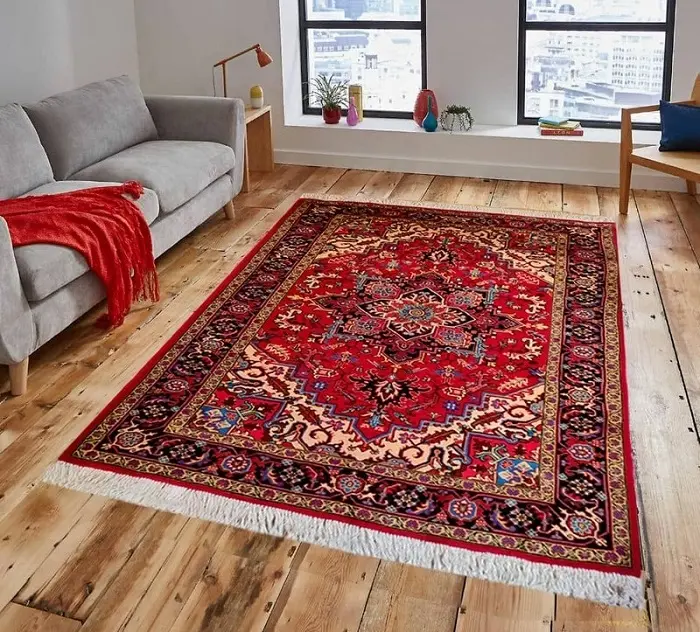
Persian carpet
Tabriz Rugs on the Global Market
These are among Iran’s top exports and are popular in Europe, the U.S., Japan, and the Arab world.
A Recognized Brand
In the world of luxury handmade rugs, the name “Tabriz” is held in the highest regard. Collectors and dealers seek out certified Tabriz pieces, especially those signed by the master weaver.
How to Identify an Authentic Tabriz Rug
In a market flooded with imitations, spotting a genuine Tabriz rug can be tricky. Here are a few tips:
- Check the back: It should be finely woven, clean, and consistent.
- Look for symmetrical, tight knots.
- Avoid overly shiny, synthetic-looking colors.
- Some high-end rugs include the master weaver’s signature woven into the design.
Final Thoughts: Why Choose a Tabriz carpets?
A Tabriz rug isn’t just décor—it’s heritage woven into fabric. Every knot tells a story of Persian creativity, history, and soul. Whether you’re decorating your home, making an investment, or collecting art, a Tabriz rug can be the centerpiece that adds beauty, tradition, and timeless elegance.
If you’re ever searching for something that brings color, culture, and warmth into your space—don’t overlook a Tabriz carpets. You might just fall in love at first sight.







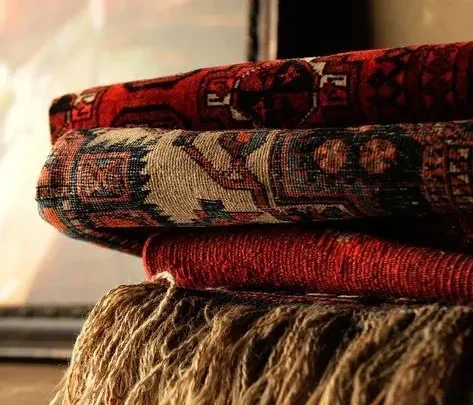
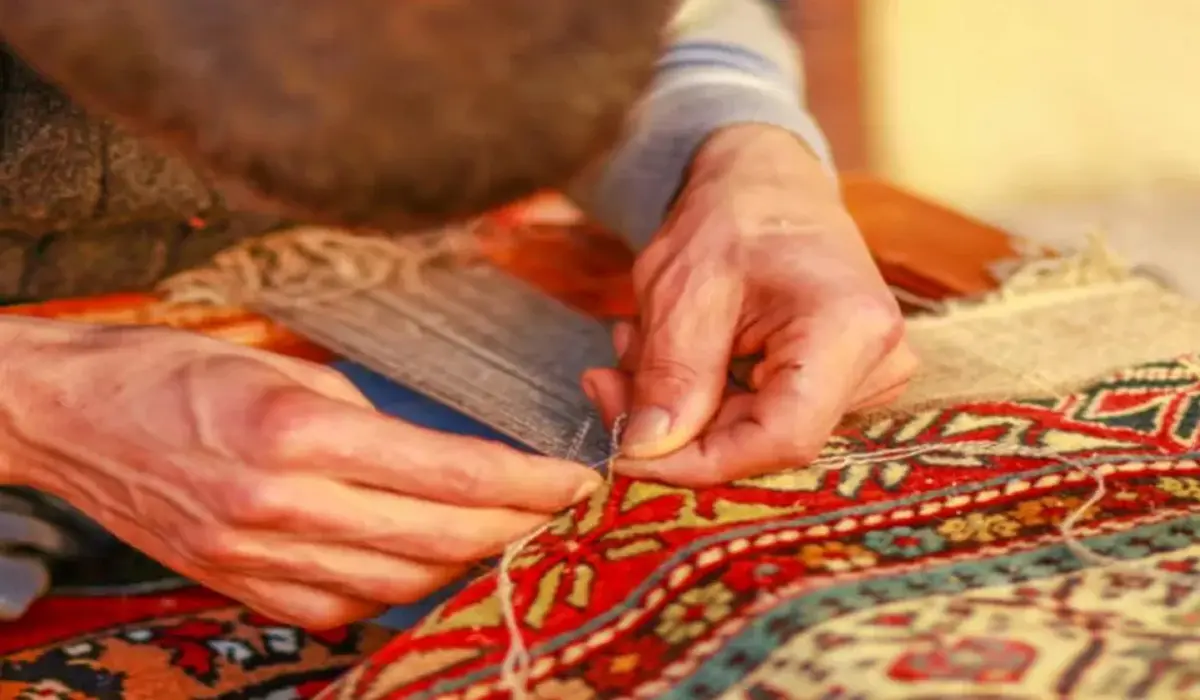
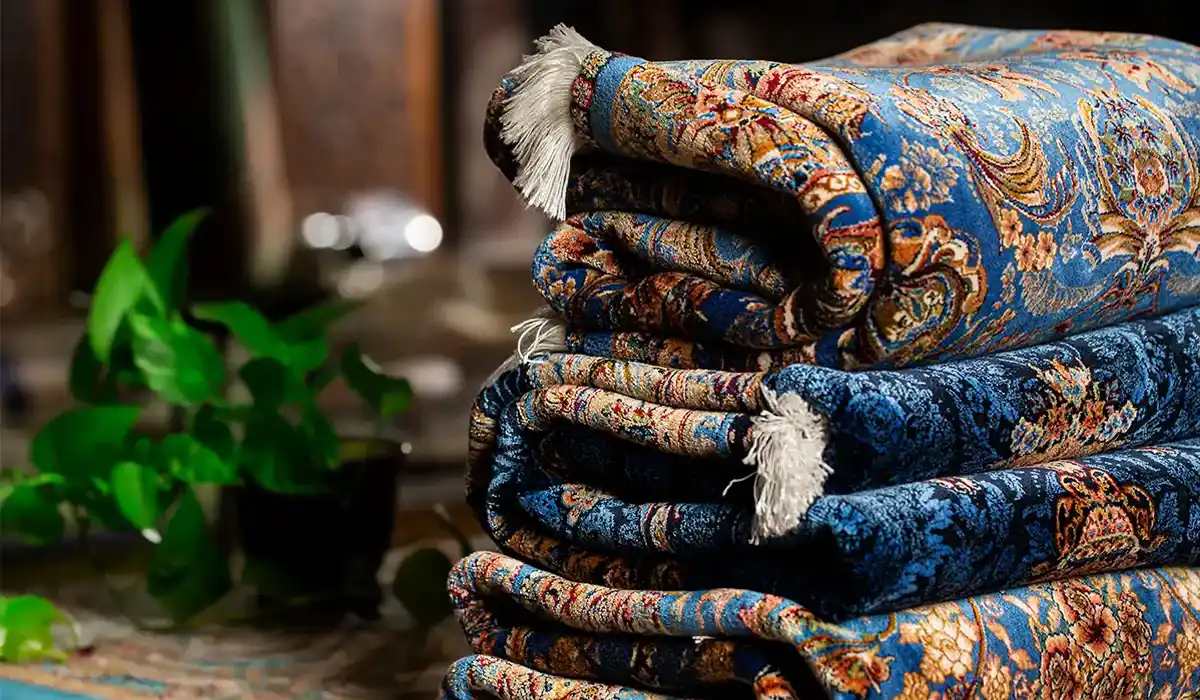
Comments